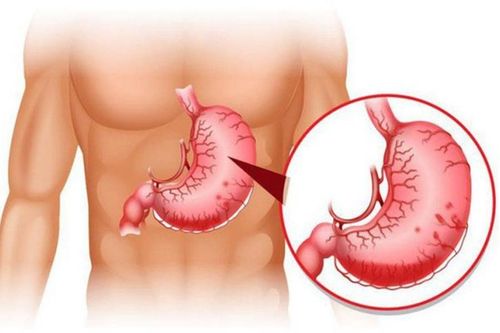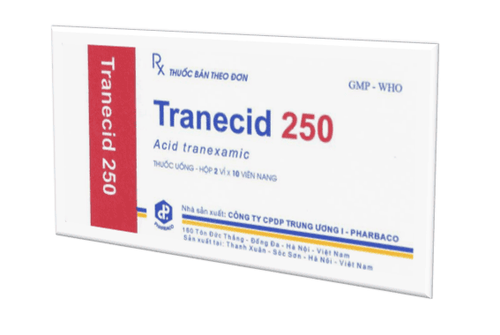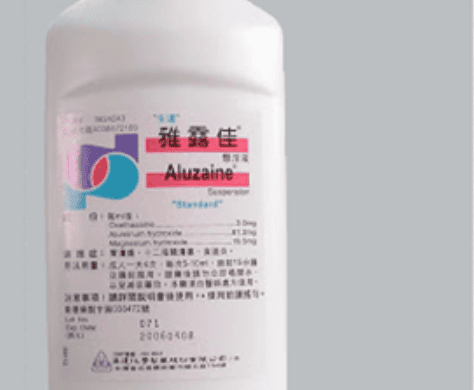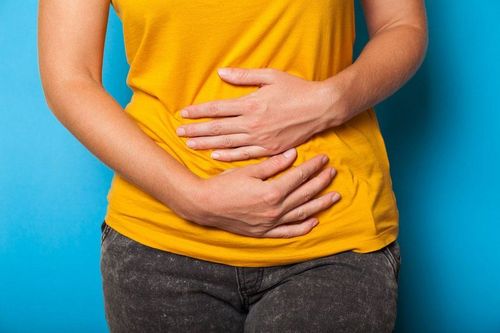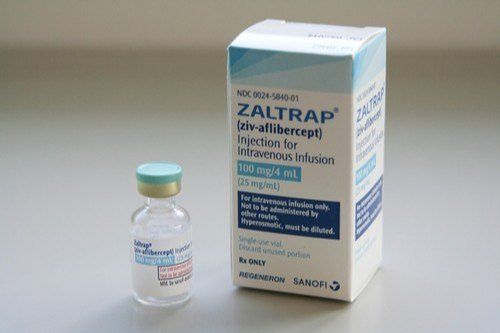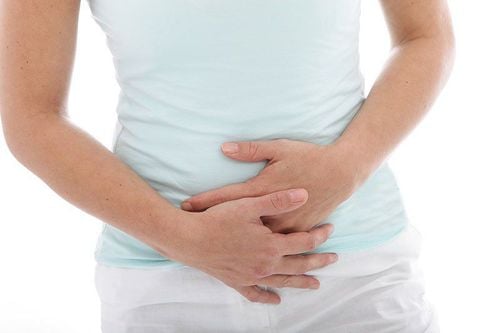This is an automatically translated article.
Gastrointestinal bleeding is a medical and surgical emergency. It is a phenomenon in which blood in the digestive tract flows out of the vessels, out or into the lumen. From there, some typical symptoms will appear, for the upper gastrointestinal tract, patients often have vomiting blood, with the lower gastrointestinal tract, the disease is more difficult to recognize with silent manifestations that patients rarely notice. attention, but the most common manifestation is black stools.1. Danger level and cause of lower gastrointestinal bleeding
Bleeding in the small intestineMaybe because of the anatomical location or disease process, small bowel bleeding has caused many difficulties for doctors in the process of diagnosis and treatment. The disease is dangerous because it is difficult to detect, the symptoms of the disease are often not clear.
There are many diseases that lead to gastrointestinal bleeding in the small intestine, including some common clinical diseases such as:
Hemorrhagic enteritis: The patient is infected by bacterial toxins with manifestations of infections (dry lips, dirty tongue, bad breath), abdominal pain, diarrhea, bloody or dark red stools with signs of dehydration. Typhoid: Bleeding complications usually occur after 1-2 weeks due to complications of intestinal ulceration, or intestinal perforation. Patients present with abdominal pain, stools are brick red or dark. Necrotizing hemorrhagic enteritis: The disease often occurs in young children. The patient has a severe infection with a high fever of 40-41 degrees Celsius. Scholein Henoch's disease: The most commonly mentioned cause is allergic immunity. The disease occurs mainly in young people. The disease is diverse with many different forms, patients often present with intestinal bleeding in the form of digestive damage, accompanied by other manifestations such as infection with fever, joint pain, abdominal pain. Crohn's disease: The site of the disease is usually in the ileocecal region with abdominal pain, intermittent loose stools accompanied by fever, increased erythrocyte sedimentation rate. In stage 2 or 3 of the disease, ulcerative lesions perforate the intestinal wall leading to bleeding. Intussusception: The most common location is intussusception in the ileum - ileum or ileum - cecum, the disease usually occurs in chubby children 8-9 months old. The disease started with intermittent abdominal pain followed by signs of intestinal obstruction and bloody stools. Other diseases can cause bleeding in the small intestine but less often such as: intestinal tuberculosis, small bowel cancer, dengue fever, acute leukemia...
Bleeding in the colon
Bleeding in the colon occurs with a high rate of bleeding. The highest rate of bleeding in the gastrointestinal tract. The disease occurs in many different subjects and manifests in the following serious diseases:
Rectal dysentery: The common subjects are young children. The disease presents with an infectious syndrome (possibly toxic) with high fever, severe abdominal cramps, frequent bowel movements (15-20 times/day), accompanied by tenesmus and anal pain, loose or bloody stools. , red like meat wash. Amoebic dysentery: Clinical manifestations with mild fever, abdominal cramps along the colonic frame and hypogastric region; bloody mucus stools, usually blood just around the stool is bright red, with straining and pain in the anus after defecation. Colon cancer: The disease often causes low gastrointestinal bleeding in the elderly. Colon cancer on the right and left have different manifestations. Right colon cancer is often accompanied by loose stools and dark red blood. Left colon cancer often shows signs of constipation, fresh bloody stools. Rectal, anal cancer: The disease is often accompanied by signs of frequent bowel movements or anal bleeding spontaneously. Hemorrhagic ulcerative colitis: The disease usually occurs in young women with intermittent manifestations including fever, joint pain, abdominal cramps along the colon and bloody stools, usually fresh blood. Crohn's disease of the colon and rectum: The disease causes Crohn's disease in other parts of the digestive tract, especially the ileocecal region. The disease occurs intermittently with fever, increased erythrocyte sedimentation rate, and long or multi-segment colonic lesions. Internal hemorrhoids: Caused by rupture or infection of hemorrhoids, mainly fresh blood, which can flow into rays or drops. Colon polyps: Often intermittent bleeding, or just occult blood in the stool, due to ulcerative infection of the polyps, diagnosed by colonoscopy or colonoscopy.

Chảy máu tiêu hóa có thể xảy ra ở đường tiêu hóa dưới
2. Danger and cause of upper gastrointestinal bleeding
Esophageal bleeding The major cause of esophageal bleeding is portal hypertension. When the liver has fibrous tissue, scar or thrombus, the amount of blood to the liver decreases, which causes blood to pool in the periphery, including the esophageal veins. These veins are very small, so when the amount of blood increases suddenly, it is very easy to rupture.There are also some less common causes such as esophageal ulcers, HC Mallory weiss,... The disease needs immediate emergency care or it will be life-threatening.
Bleeding in the stomach - duodenum Bleeding in the stomach - duodenum is mainly due to peptic ulcer. Gastric ulcers are usually located in the small curvature, the cardia, the antrum, and the back of the stomach. The rate of bleeding in peptic ulcers is 15-16%. Duodenal ulcer is usually in the duodenal bulb, the rate of duodenal ulcer with bleeding complications is 25%.
3. Symptoms of gastrointestinal bleeding
Functional symptoms:Vomiting blood: Fresh blood, black blood, blood clots, can be mixed with food, small or large amount. Black stools: The stools are usually black like coffee grounds, with a rotten smell. The amount and nature of blood depends on the transit time in the intestine and the amount of bleeding. In case of heavy bleeding, stools are usually thin, with red water mixed in. In the case of small bleeding, stools are still molded, black like tar, and smelly. Physical symptoms:
Stomach - duodenal ulcer : Epigastric pain or right upper quadrant. Esophageal ulcer: Reflux esophagitis, previous swallowing disorder. Mallory weiss: Vomiting, nausea, coughing a lot. Esophageal varices rupture and varices: Jaundice, weakness, anemia, fatigue,... Manifestations of hemodynamic disorders:
Mucous skin: Cold skin, pale mucous membranes, white. Circuit: Fast, hard to catch. Blood pressure: Decrease, orthostatic hypotension. Perception: Awake, tired, lethargic, struggling. Other symptoms:
Fever. Hypovolemic shock. Pulmonary embolism: Uncommon Oliguria. Liver coma.
Please dial HOTLINE for more information or register for an appointment HERE. Download MyVinmec app to make appointments faster and to manage your bookings easily.




